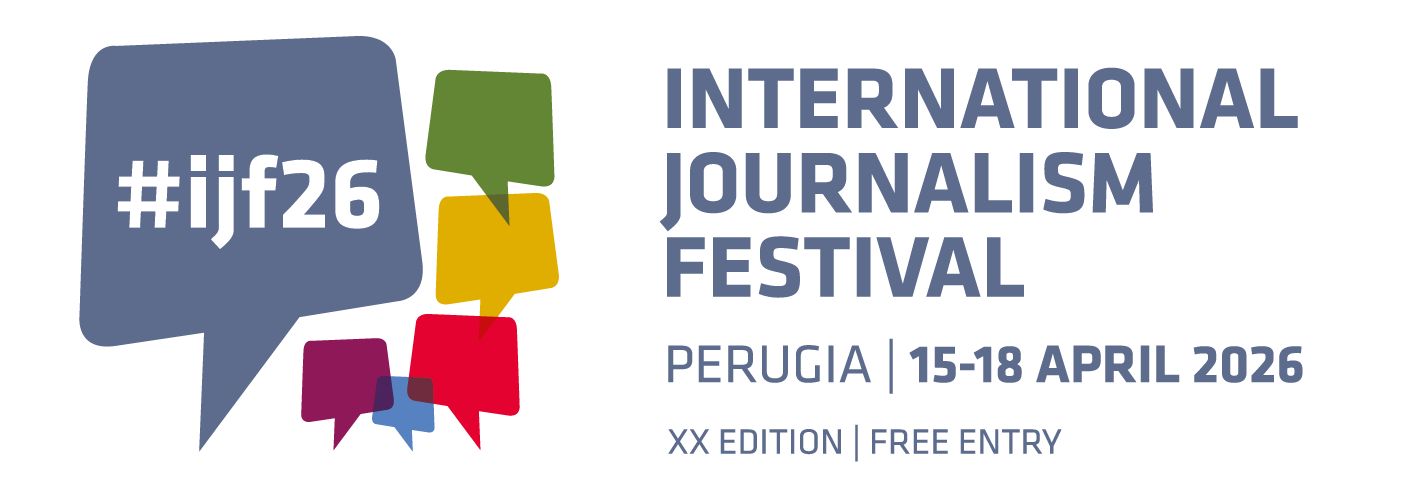Priscella Robeldo, Salvatore Barbera, Bill Emmott, Fiorenza Sarzanini
Campaigners, activists and tech companies are joining forces to fight corruption in Italy.
Latte Creative, a communication company for non-profits, has collaborated with Riparte del Futuro to create the Observatory on Corruption. The creators of the Observatory are working with the imperative of knowing their enemy; collecting as much information as possible about corruption in order to combat it.
Fiorenza Sarzanini, speaking on behalf of Corriere della Sera, agreed that for Italians, “corruption is part of our daily lives…think of the waiting lists in our health care system.” When bribery is necessary to receive medical care, Sarzanini explained that Italians have to daily encounter “the worst kind of corruption.”
Priscella Robeldo, from Riparte del Futuro, Salvatore Barbera, the CEO of Latte Creative, explains that local newspapers have had access to a “huge amount of information which might get ignored on a national level”, which only becomes available when corruptions attains crisis proportions. Barbera stated the Observatory’s aim to educate Italians, particularly young people, that ‘corruption affects us more closely than we might think, so we have to know it.” But Bill Emmott, author and former Editor-in-Chief of The Economist, pointed out that disillusionment and apathy towards public figures have become the norm, particularly amongst young people.
The Observatory has chosen to fight corruption by focussing on collecting big data, through the commercial tool Talk Walker. “A spider which checks over 150 million sources”, Talk Walker allows the observatory to track discussions by following key words linked to corruption.”
This information is collated on the Observatory’s database in the form of articles and databases. The Observatory hopes to become a resource for researchers, ‘fellow geeks’, data analysts, and journalists, in order to hold Italian public figures and institutions accountable.
The Observatory’s findings have shown so far that there is a high level of interest in information on corruption. Fiorenza Sarzanini agreed that in her experience, stories which feature corruption, such as wiretapping, register not only more interest, but more engagement from readers. “Issues of corruption are not always accessible to our readers”, she explained. But if the media and the tech industry continue to mine for data, the panel were hopeful that the both professionals and the public can hold public figures to account.
Olivia Konotey Ahulu

